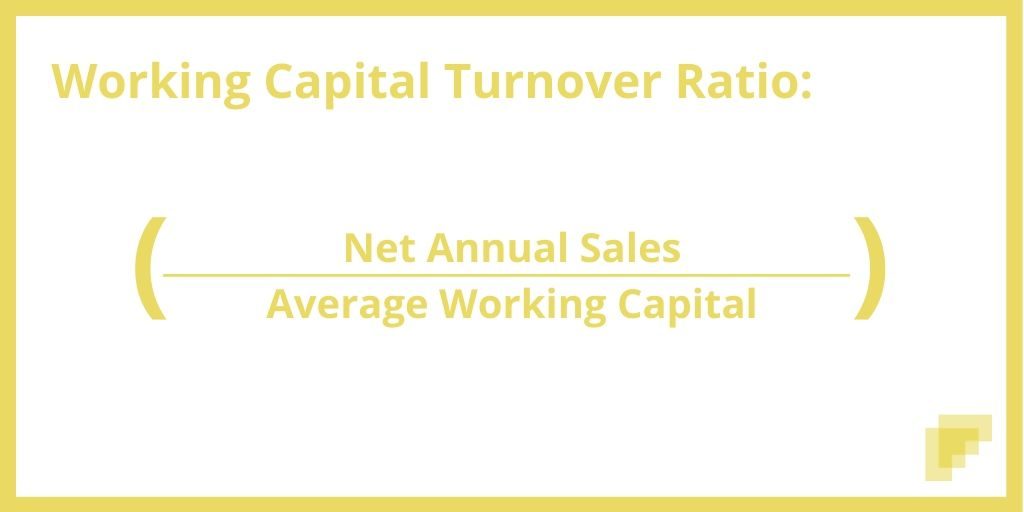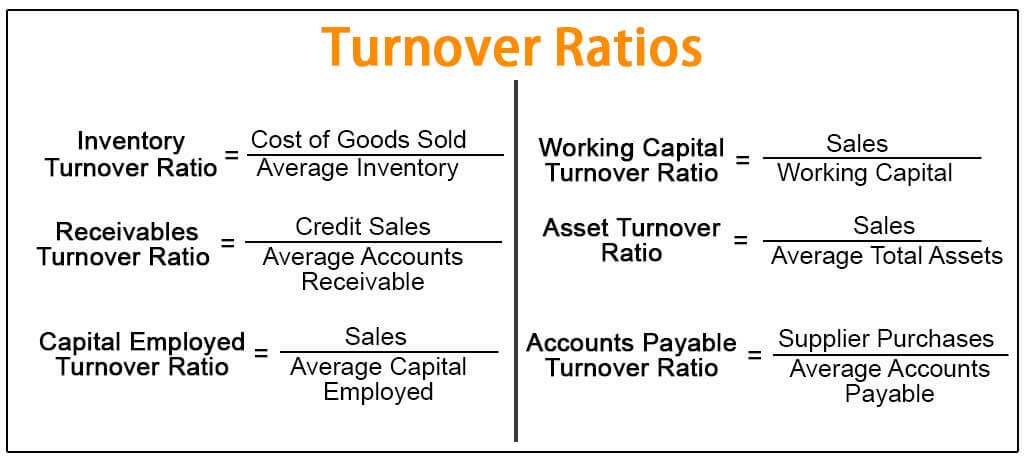
Hence, the management can take necessary steps in order to improve its sales and facilitate growth and development. Analysing the working capital turnover ratio can help a company identify areas where it can improve its operations and increase profitability. For example, a low ratio may indicate that a company is carrying too much inventory or struggling to collect payments from customers, which can be addressed to improve profitability. A low ratio may suggest that a company is carrying too much inventory or struggling to collect payments from its customers, which can tie up cash and lead to cash flow problems. Analysing the working capital turnover ratio can help a company identify potential cash flow issues early on and take corrective action to address them. One way the working capital turnover ratio can help identify cash flow problems is by revealing how well a company is managing its inventory and accounts receivable.
- Several factors can affect working capital turnover ratio, including the time it takes for a company to convert inventory into sales, the company’s payment terms, and the cash conversion cycle.
- High – A high ratio is desired, it shows a high number of net sales for every unit of working capital employed in the business.
- If earnings are decreasing while interest expense is increasing, it will be more difficult to make all interest payments.
- Working capital turnover ratio is a financial metric that measures a company’s ability to efficiently utilise its working capital to generate revenue.
- This ratio can be used to identify potential cash flow problems and take corrective action to improve cash flow management.
Working capital turnover ratio: WCTR: How to calculate and improve your working capital turnover ratio
This ratio is especially important for small businesses that often have limited financial resources. By understanding the working capital turnover ratio, companies can identify opportunities for improvement in managing their working capital and use this knowledge to make better business decisions. A higher working capital turnover ratio indicates a company efficiently uses its resources to generate sales and that it is more likely purchase order number vs purchase order item number to meet its short-term financial obligations. On the other hand, a low ratio could indicate poor management of working capital that could lead to financial difficulties in the long run. Working capital is calculated from the assets and liabilities on a corporate balance sheet, focusing on immediate debts and the most liquid assets. Calculating working capital provides insight into a company’s short-term liquidity and efficiency.
Consider price increases
For example, your firm may email customers when an invoice is 30 days old and call clients if an invoice reaches 45 days old. Non-responsive customers should be sent to collections for more follow-up. This source provides the 2021 median ICR ratio for a number of industries, based on publicly traded U.S. companies that submit financial statements to the SEC.
Sending you timely financial stories that you can bank on.
Working capital turnover ratio is an important activity ratio in accounting theory and practice. Activity ratios can be described as those financial matrices which determine the efficiency of a firm in leveraging its assets to convert them into sales. Ultimately, the working capital turnover ratio is an essential tool for managing business operations and achieving financial objectives. Managing your company’s working capital and cash flow in an efficient and effective manner is crucial for success, especially in the world of startups. SaaS startups can get up to $4M of non-dilutive revenue-based financing from Lighter Capital that adapts to the ebbs and flows of the business. Company B, on the other hand had $750,000 in sales and $125,000 in working capital, resulting in a working capital turnover ratio of 6.

Company B spent its working capital only six times throughout the year to generate the same level of sales as Company A. Calculating Working Capital Turnover Ratio provides a clear indication of how hard you are putting your available capital to work in order to help your company succeed. The more sales you bring in per dollar of working capital deployed, the better.
By analysing this ratio and taking steps to improve the efficiency of working capital, a company can increase its profitability, improve cash flow management, and achieve its growth objectives. The working capital turnover ratio is a financial metric that measures a company’s efficiency in using its working capital to generate revenue. This ratio can be used to identify potential cash flow problems and take corrective action to improve cash flow management. Several businesses have used working capital turnover ratio to analyze and improve their financial health.
Monitoring the times interest earned ratio can help you make informed decisions about generating sufficient earnings to make interest payments, and decisions about taking on more debt. Rho’s platform is an ideal solution for managing all expenses and payments. Spend management encompasses organization-wide spending, accounting for invoice (accounts payable) and non-invoice (T&E) spend. Spend management software gives businesses a more comprehensive overview of cash flow and expenses, and Rho fully automates the process for you.
One of the prime drivers is how efficient a company is in maximizing their assets and managing inventory. For example, retail companies generally have higher asset turnover ratios because they sell products quickly and need fewer assets to generate sales. In contrast, industries like real estate, manufacturing and utilities often have lower asset turnover ratios. These fields rely heavily on infastructure and machinery, which can slow down asset turnover. The working capital turnover ratio is a vital metric for managing business operations as it helps to ensure that a company is using its working capital efficiently to generate revenue.


